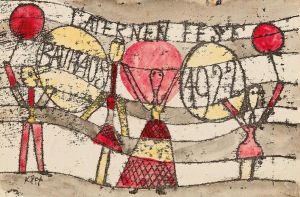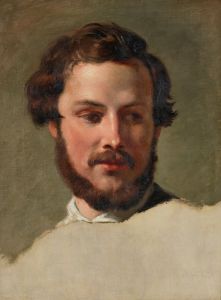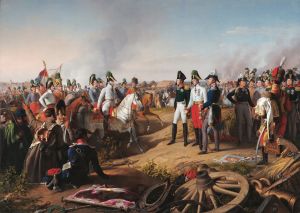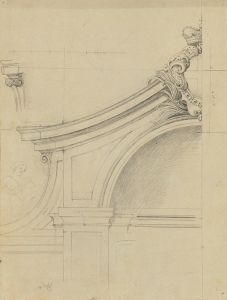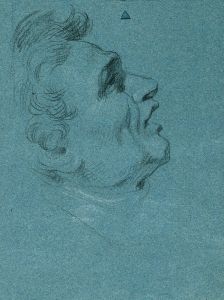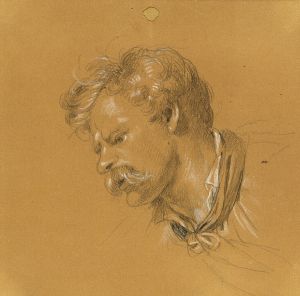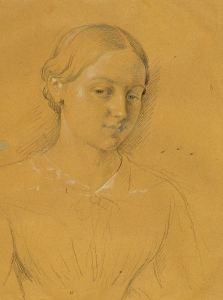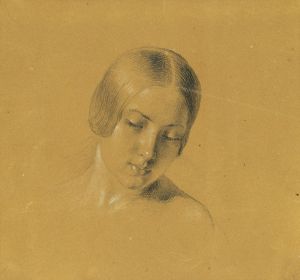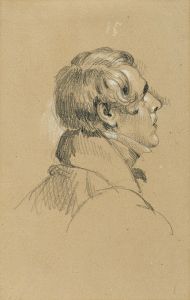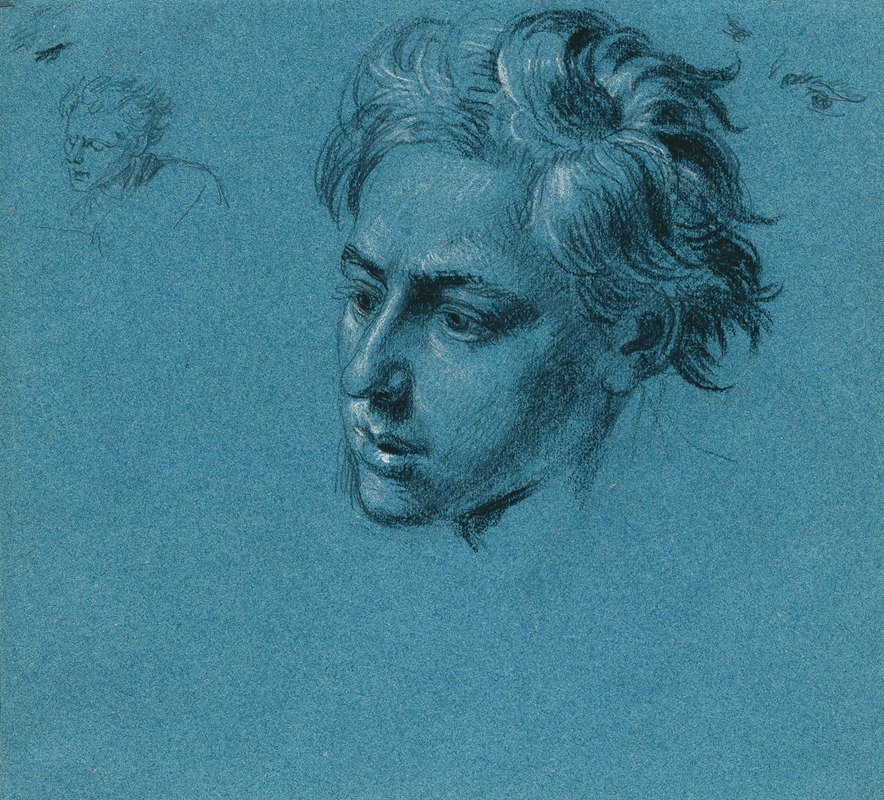
Kopfstudie zur ‘Szene aus dem Tiroler Freiheitskampf’
A hand-painted replica of Johann Peter Krafft’s masterpiece Kopfstudie zur ‘Szene aus dem Tiroler Freiheitskampf’, meticulously crafted by professional artists to capture the true essence of the original. Each piece is created with museum-quality canvas and rare mineral pigments, carefully painted by experienced artists with delicate brushstrokes and rich, layered colors to perfectly recreate the texture of the original artwork. Unlike machine-printed reproductions, this hand-painted version brings the painting to life, infused with the artist’s emotions and skill in every stroke. Whether for personal collection or home decoration, it instantly elevates the artistic atmosphere of any space.
Johann Peter Krafft's Kopfstudie zur ‘Szene aus dem Tiroler Freiheitskampf’ (translated as Head Study for ‘Scene from the Tyrolean Struggle for Freedom’) is a preparatory study created by the Austrian painter Johann Peter Krafft (1780–1856). Krafft was a prominent artist of the Biedermeier period, known for his historical paintings, portraits, and genre scenes. This particular work is a head study, which served as part of the preparatory process for one of his larger historical compositions.
The study is associated with Krafft's painting Szene aus dem Tiroler Freiheitskampf (Scene from the Tyrolean Struggle for Freedom), which depicts a moment from the Tyrolean Rebellion of 1809. This rebellion was part of the Napoleonic Wars, during which the Tyrolean people, led by Andreas Hofer, resisted the Bavarian and French forces occupying their region. Krafft's larger painting captures the spirit of resistance and the emotional intensity of this historical event, and the head study reflects his meticulous approach to portraying human expressions and individuality.
Kopfstudie zur ‘Szene aus dem Tiroler Freiheitskampf’ is an example of Krafft's dedication to realism and detail. By creating studies of individual figures or faces, Krafft was able to refine the emotional depth and accuracy of his final compositions. The study likely focuses on a single figure's facial expression, emphasizing the emotions of determination, fear, or defiance that characterized the Tyrolean fighters.
The medium of the study is believed to be oil on canvas or oil on paper, as was common for preparatory works of this kind during the 19th century. The dimensions of the piece are not widely documented, but such studies were typically smaller in scale compared to the final works. The study demonstrates Krafft's skill in capturing lifelike details and his ability to convey complex emotions through subtle variations in expression.
Johann Peter Krafft was deeply influenced by the artistic traditions of his time, including the classical training he received in Vienna and Paris. His works often combined historical accuracy with a romanticized portrayal of heroism and patriotism, aligning with the cultural values of the Biedermeier period. The Tyrolean Rebellion, as a subject, resonated with the nationalist sentiments of the era, making Krafft's work both artistically significant and culturally relevant.
The current location of Kopfstudie zur ‘Szene aus dem Tiroler Freiheitskampf’ is not definitively documented in publicly available sources. It may be part of a private collection or held in a museum, possibly in Austria, where much of Krafft's work is preserved. Similarly, detailed information about the specific figure depicted in the study is not readily available.
Kopfstudie zur ‘Szene aus dem Tiroler Freiheitskampf’ remains an important example of Johann Peter Krafft's artistic process and his contribution to historical painting. It reflects his commitment to capturing the human experience within the broader context of historical events, offering insight into both his technique and the cultural milieu of early 19th-century Europe.





